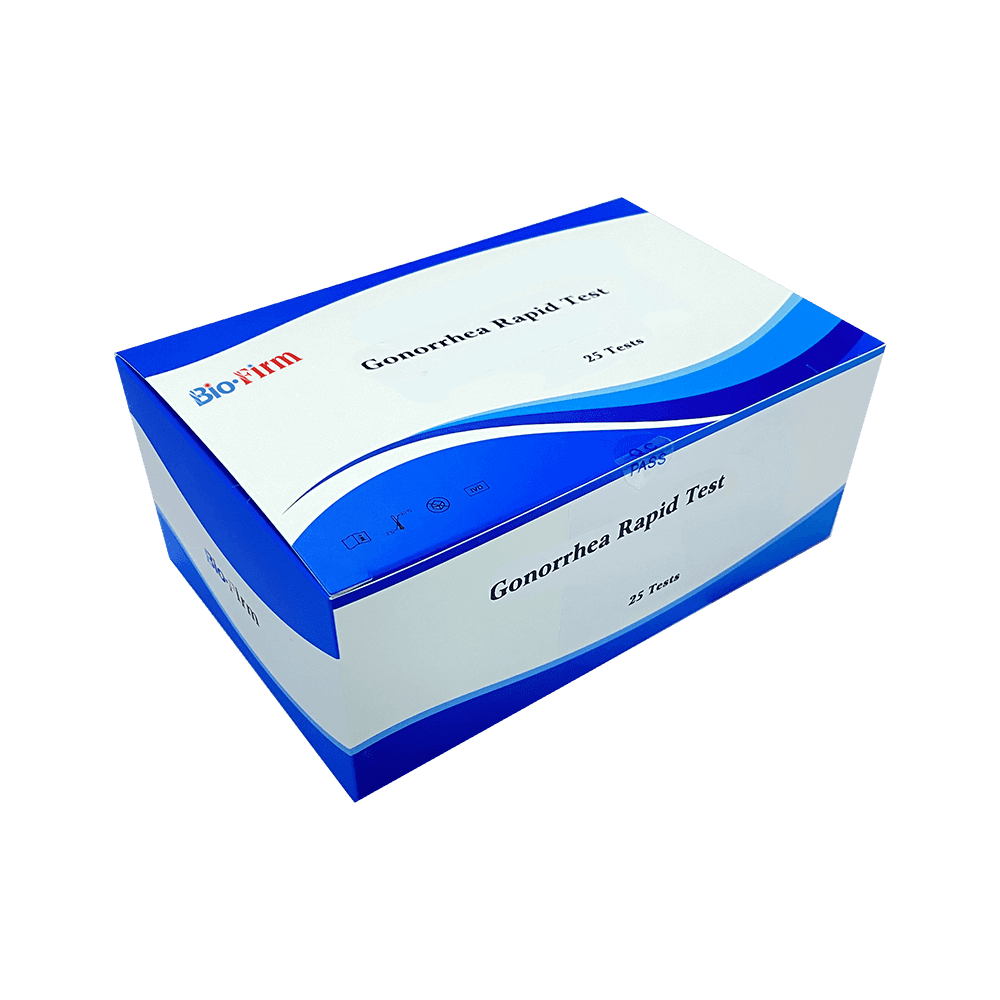Jul 01,2022
The limit of detection (LOD) for Neisseria gonorrhoeae in Gonorrhea rapid tests can vary depending on the specific test platform and manufacturer. Generally, rapid tests for Gonorrhea are designed to detect levels of the bacteria that are clinically significant for diagnosis. Here are some key points regarding the limit of detection:
Sensitivity of Rapid Tests: Gonorrhea rapid tests are typically designed to be highly sensitive, capable of detecting relatively low levels of Neisseria gonorrhoeae in clinical samples.
Range of Detection: The LOD can range from approximately 10^3 to 10^5 colony-forming units (CFU) per milliliter of sample, which correlates with the amount of bacteria present in the clinical specimen.
Comparison to Traditional Methods: While rapid tests are sensitive, they may have slightly higher LODs compared to nucleic acid amplification tests (NAATs) or culture-based methods, which can detect very low levels of the bacteria.
Clinical Relevance: The LOD is set to ensure that the test can reliably detect Neisseria gonorrhoeae in symptomatic and asymptomatic individuals, aiding in timely diagnosis and treatment.

Specific Test Platforms: Different rapid test platforms may have varying LODs based on the specific antibodies, antigens, or molecular probes used in the detection process. It is essential to refer to the manufacturer's instructions for precise information regarding LOD for a particular Gonorrhea rapid test.
Improvements and Advances: Ongoing research and technological advancements aim to improve the sensitivity and LOD of Gonorrhea rapid tests, enhancing their utility in clinical settings and public health programs.
For the most accurate and up-to-date information regarding LOD for a specific Gonorrhea rapid test, consulting the product documentation or contacting the manufacturer directly is recommended.



 Español
Español
 Français
Français
 Deutsch
Deutsch
 عربى
عربى








